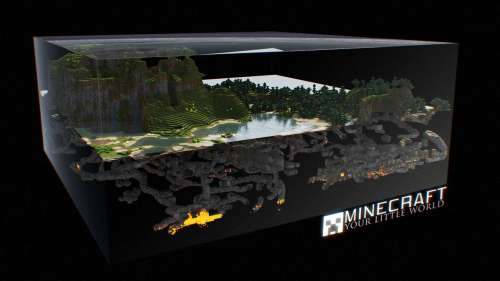The income achievement gap in education has been widening for decades and shows no signs of stopping in the near future. The gap between the 90th percentile and the 10th percentile is now 1.25 standard deviations. So, in spite of all our improvements and attempts to equalize education, the gap between the rich and the poor is now 40% wider than it was 40 years ago (Reardon, 2011). This means, essentially, that one of the most significant indicators of educational performance levels – in standardized test scores, grades, high school completion rates, college enrollment rates and college completion rates – is socioeconomic status.
Questions we have to ask ourselves as educators are as obvious as they are impossible to answer: How can we fix this? Can we even fix this at all in the classroom? These are two incredibly difficult questions, and unsurprisingly garner a number of different answers, in all elements of life. I’ll try to add some conversation points to just a very, very small angle of this massive problem here today, in accordance with the theme of this blog: technology in the classroom.
So – can technology in the classroom help shorten the income achievement gap? According to studies, the answer is yes…and no. Of course!
To start with the negative, a study from the National Bureau of Economic Research states that home computers don’t necessarily have an effect on academic achievement among schoolchildren. Basically, the researchers gave out free computers to a large number of students of low socioeconomic status, kept tabs on the students usage habits and monitored their performance on grades, test scores, credits earned, attendance, and disciplinary actions and found no significant change. More than one author has used this research to state, essentially, that computers don’t close the achievement gap.
I think that point of view overlooks some pretty serious flaws in the study in order to justify a negative view of technology in the learning process as simply “gadgetry.” First, the participants – the study gave out computers to 6th through 10th graders. Digital literacy is built best when it’s built early. Starting at 6th grade is going to net you a student who’s had 11-12 years to learn to do without, and the level of training required to get a student who’s proficient at utilizing the computer as an educational tool seems like it was ignored in a study that let the students struggle to figure out how to even download a file right out of the gate. Second, the time frame. Technology is not going to solve a problem in a single academic school year. It’s not going to solve the problem by itself. It should be tried with other approaches, and it should be tried for longer periods of time.
And, now – the affirmative. According to a survey report of about 2,500 teachers from the Pew Research Center, says that 92% of teachers state that computer and internet access have a major impact on their ability to access content, resources, and materials for lessons, and 56% of teachers who work with low-income students say that their students’ lack of access to digital technology is a major challenge to utilizing quality resources in their lessons (which are nowadays most often found online). Only 3 percent of low-income students have access to internet at home. 3%! And yet, despite that, 80% of teachers reported having students access and submit assignments online. Just under a fifth of teachers stated that most or all of their students have access to all the digital tools that they need at home. That is a shockingly low number. Somewhat surprisingly, the lowest home access rates come from rural areas.
An important number to note within that study – 56% of teachers feel that technology is widening the income achievement gap. I find it no small coincidence that that number matches exactly the 56% of teachers who say that student access to technology is a major challenge. In addition, 84% state that technology is leading to greater disparity among their student performance.
Where am I personally in all this? Well, I’m pretty tech-centric. In a world run by technology, I feel that a student who doesn’t have access is a student that’s getting denied right out of the gate. If the income achievement gap is a problem, maybe it’s one I can’t solve in the classroom. But it’s certainly one I can do my best to prevent from being widened further. I will fully support BYOT and school-provided technology access programs together to ensure as much as possible that every student in my classrooms has in-class and out-of-class access to computers and the internet. I will continue researching Raspberry Pi and other low-cost solutions to the problem so that my classroom might have a low-cost or no-cost “library” of PCs the students can check out for digital assignments.
After all, if you can’t access tools that make learning easier, more engaging, and more fun – how could you possibly be expected to reach similar achievement rates in all things related to learning? Especially in an increasingly knowledge-based economy that circulates and thrives utilizing the very tools that you’re being denied by your economic status? Maybe having a computer access and internet isn’t going to close the income achievement gap. However, it seems pretty clear in today’s environment that if we let it, it will just be another way that the gap gets wider going forward.







